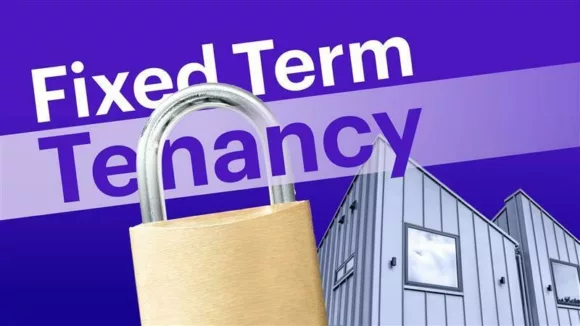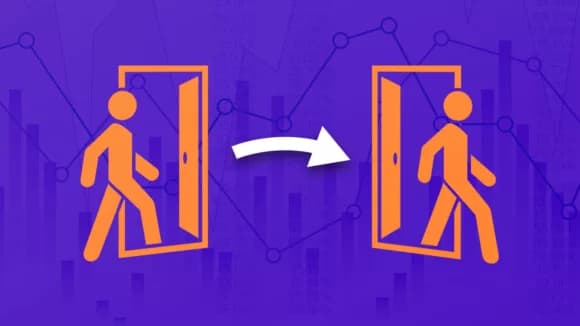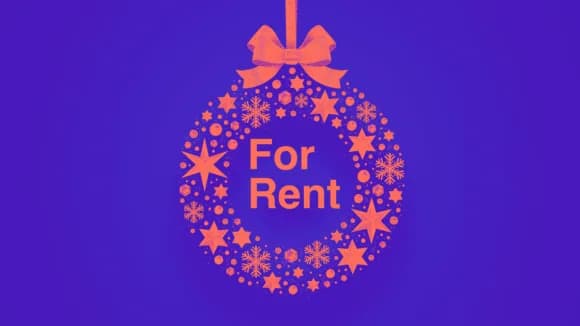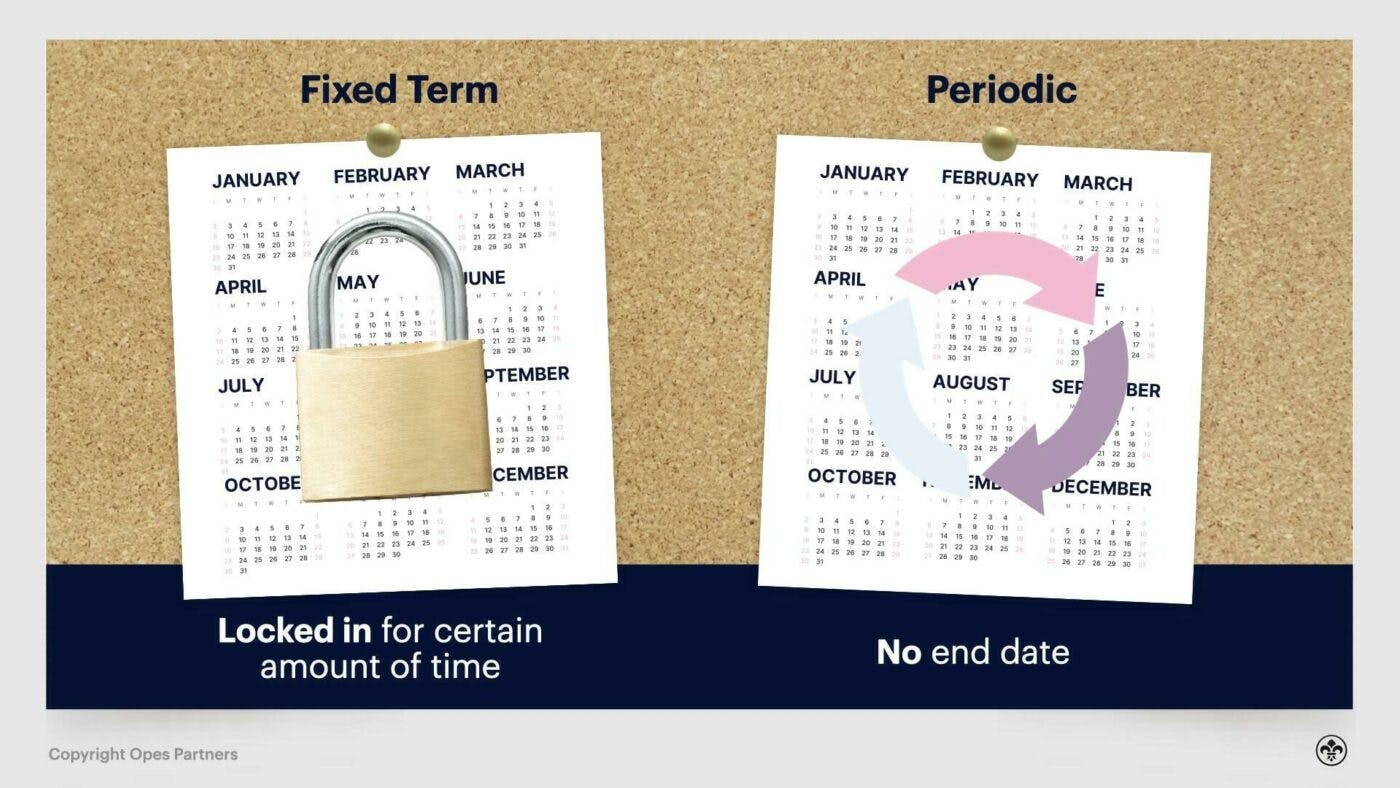Periodic tenancy – what are the pros and cons?
Periodic and fixed-term tenancies have upsides and downsides for landlords and tenants. Here are the pros and cons of periodic tenancies.
Pro #1 – Longer tenancies
Tenants often stay longer under periodic agreements because they feel more secure. There’s no looming end date.
This works well for properties that suit long-term renters, like family homes.
Pro #2 – Flexibility
Periodic tenancies give landlords more flexibility to make decisions.
For example, to move in, renovate, or sell – without needing to wait for a fixed term to expire.
Same with a tenant. If they get a job offer in another city, or want to move to a bigger place to accommodate a growing family … they don’t have to wait any longer than 3 weeks.
Con #1 – The tenant can leave at any time
But that flexibility can be a con for landlords.
If tenants give 3 weeks’ notice during a quiet rental period (say, just before Christmas) you could be left with a gap in rent, which means you might need to scramble to fill the property.
Con #2 – Easy to forget rent review
Because there’s no annual renewal of your fixed-term lease it’s easy to lose track of when rent increases are due. This will eat into your returns if you miss a few years of renewal.










